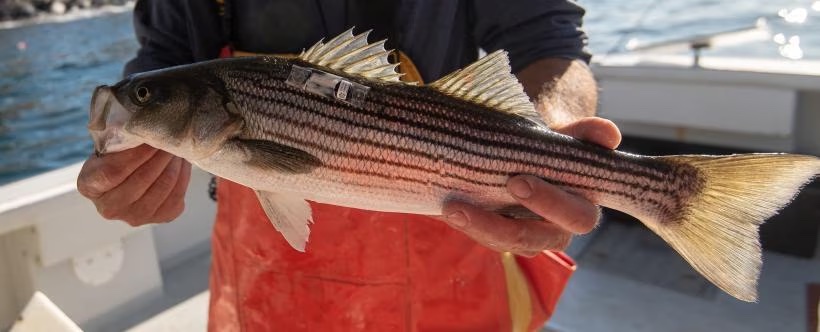The summer season is officially upon us, and now is the time to enjoy all our marine environment has to offer. Whale watching has been fantastic, and people on board have been treated to the chance to observe intense feeding and breaching activity. It’s all been very close to home, too.
For some people, the fun includes learning about sharks. The first great white sharks of the season were spotted off Nauset and Monomoy this past week by New England Aquarium researchers during an aerial survey. A dead minke whale was also spotted off Chatham that same day. White sharks will continue to arrive as the season unfolds and the seals begin to show up in bigger numbers. The Sharktivity app developed by the Atlantic White Shark Conservancy uses sightings from researchers and the public to track sharks’ presence here.

Now is a good time to remind everyone that, despite the fear movies like Jaws and TV shows like Sharkfest at Nat Geo gin up, the three animals that are deadliest to humans are mosquitoes — they’re number one by a large margin — followed by humans and snakes, according to the BBC’s Science Focus magazine. Sharks are not even in the top 10 globally. Don’t swim with seals, don’t swim alone, don’t swim where shallow water drops off very close to deep water, and you’ll likely live to tell.
The striped bass are here, and although they’re not here in the big numbers we saw at this time last year, the migration is ongoing, and fishing has been fair to good. Billingsgate Shoals has been the consistent hot spot so far. Mackerel are pretty much everywhere in the bay including Provincetown Harbor, so getting bait is an easy task.
Speaking of bass, it may surprise you that recreational fishing represents the majority of striped bass mortalities. According to the 2022 Atlantic States Marine Fisheries Commission report on the status of the fishery from 2018 through 2021, recreational fishermen are responsible for nearly 90 percent of all bass “removals” — that’s if you roll together legal harvesting (37 percent of the total) with recreational release mortality (50 percent). In contrast, the commercial harvest represents 11 percent of the total (plus 2 percent in discards).
Catch and release is the issue on the front burner, given that most fish caught recreationally — an estimated 90 percent — are subsequently released. That release number is high because the keeper slot size is so tight. According to the commission, that’s approximately 2.7 million fish on the East Coast killed by having been caught and released.
Looking at how fish are caught and handled by recreational fishermen is paramount in understanding how to improve release mortality rates. Massachusetts is the epicenter of striped bass harvesting, as three times more stripers are released here in a typical season than in any other East Coast state. In 2020 and 2021, the state’s Div. of Marine Fisheries (DMF) biologists tagged 349 striped bass with accelerometer transmitters. The tags sense tail beats from the fish that inform researchers whether the fish dies or not. Preliminary analyses suggest that survival is related to hook location, water temperature, and handling time.
Last year, the DMF started to expand its understanding of post-release bass mortality with recreational fishermen providing data. Participating fishermen record fight times, air and water temperatures, and the length of the fish, sending their catch data either through the mail or entering it in the GotOne app. Participants who submit at least one report receive a pair of pliers, and there’s a weekly raffle for active participants in which you can win a rod and reel combo.
To sign up, visit DMF’s Striped Bass Citizen Science Project webpage and complete the online form, or download it and sign up through the GotOne fishing app.
Last year 162 participating fishermen recorded data on over 3,500 fish from 900 trips.



